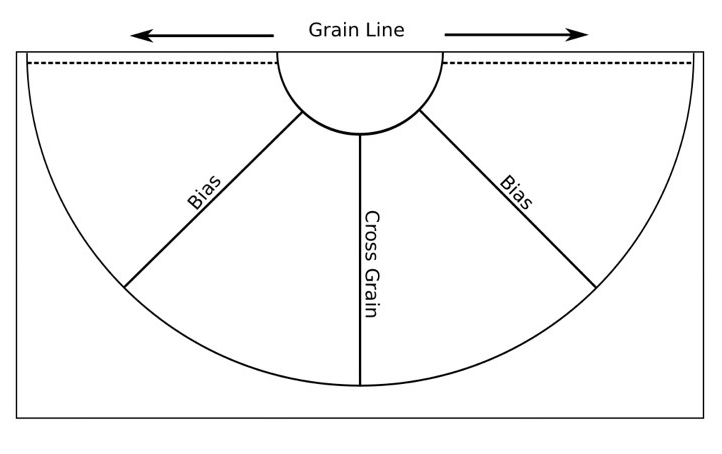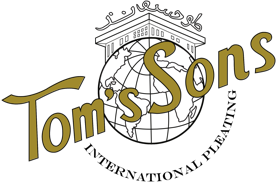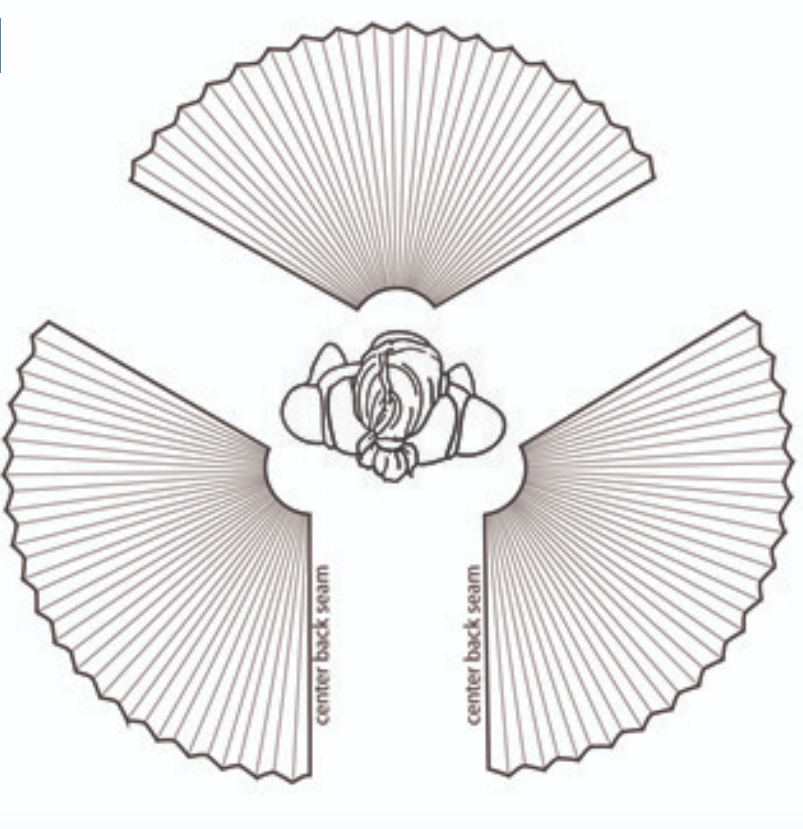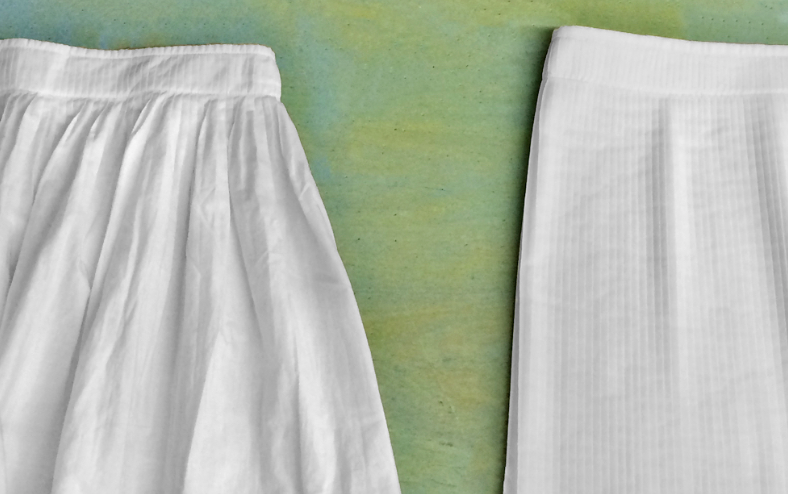
Bias Circle Skirts 101
This post is in response to the many questions we have received regarding the Bias Skirt Fabric Calculator we published a few months ago. It appears people find this document to be a very useful tool, but I still need to add some more detailed information. As I was writing this post I realized there was way too much information for one post, so I will be breaking them down into several posts. The primary focus of these posts is for sunburst pleating. However, much of the same theory can be applied to non pleated skirts as well. Please note that when I refer to “skirts” I am referring to skirts that are attached to a dress as well as separate skirts with a waistband. It’s important to understand the geometry of circles because they come up a lot in designing and dressmaking. I won’t list them all now but ruffles are the most basic use of circles. We can address those later!
A bias skirt can be made in several ways using either a half a circle, a whole circle or from several circles shirred together. Bias skirts are usually made from one complete circle (two half circles). Depending on the fabric you are using, half circle skirts have more of an a-line look so most people would just cut an a-line skirt on the straight grain instead of a half circle bias skirt. Please keep in mind that is my personal opinion and not any kind of set industry rule. Dealing with bias can sometimes be tricky…most novice sewers find it easier to sew and hem skirts that are not bias because of their skill level or the need for specialized machinery. In addition, most large scale manufactures prefer to cut on the straight grain for several reasons: they lose less fabric, there are a limited number of factories that actually understand bias, and the ones that do charge more to produce garments. Actually, you would be surprised to know that some factory workers who have sewn clothes for years, don’t understand a thing about garment construction. They just know one process on one particular machine.
Putting several circles in a skirt is something that is commonly used by couture designers. Whether it is pleated or not, the fullness in the skirt is beautiful. This is particularly evident when dancers whirl around and grab their skirts. If they only had one circle in the skirt it would not look as dramatic.
Half Circles
Below is technical drawing for a half circle. Pay particular attention to the grain lines in the half circle, especially where it is on the bias. Due to gravity, these are the areas where the fabric stretches when hanging. These diagrams may not seem very interesting but trust me, these principles are very important when you want to contour a two dimensional fabric onto a three dimensional body.
Below are two more of the half circle diagrams showing two different ways of cutting the skirt. The first diagram shown is for a CB (center back) zipper. This configuration is usually used for a dress. The second drawing shows another layout for a side zipper. Notice where the bias of the skirt would fall on the body. In the top drawing we have the bias on the sides of the body and for the bottom the bias is on the CF (center front) and CB (center back). Theoretically speaking there is no real advantage of one over the other. However, that could change depending upon the fabric used. That is something that becomes apparent in garment construction after years of experience. Many things can change depending on the fabric.
Full Circles
The drawings below are directly from our Bias Skirt Fabric Calculator. Again, they explain the grain lines and the layout for cutting full circle bias skirts. The document we created is very useful for calculating the amount of fabric required to cut a skirt. This calculator would be a very practical tool to have in your iPhone when you are at the market. We save a tremendous amount of money with this calculator now since we purchase so much silk…and we all know how expensive silk has become these days!
The image below would be ideal for a side zipper skirt.
The image below shows the layout if you are cutting a full circle skirt with a CB zipper. The advantage of this layout is a small saving in fabric since there is less fabric wasted. However, the extra seam does add more time to your project. The decision is up to the designer. Some dresses or gowns have side zippers so either way can be used.
As I mentioned previously, circles are used a lot in dress making. Below are a couple of pleated bias dresses we have made in the past using full pleated bias skirts.
Stay tuned….a lot more to come.








